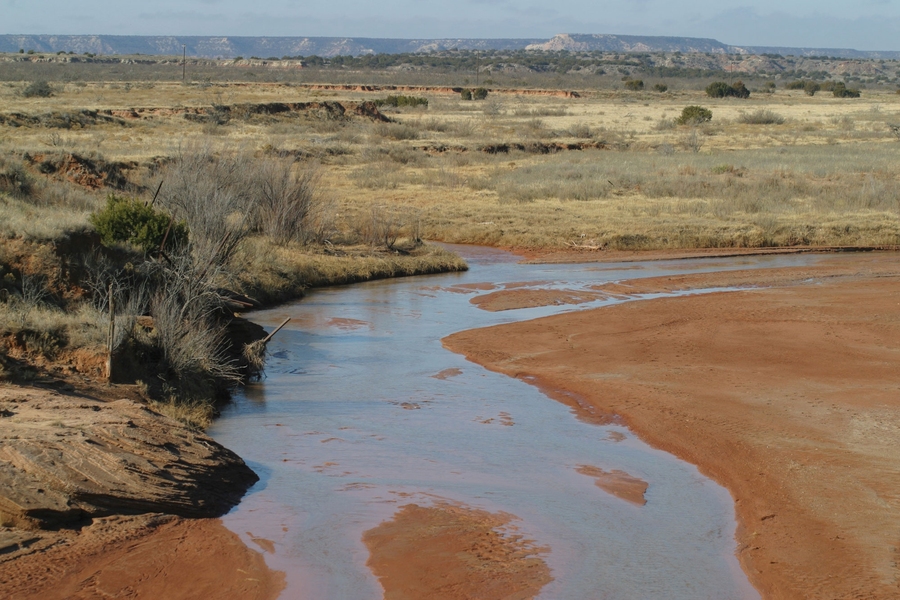People living in the great expanses of flat, dry regions of the world that lack natural freshwater lakes depend on episodic rainstorms to replenish the groundwater they use for domestic and agricultural purposes. New work by researchers in the Department of Civil and Environmental Engineering shows that even minor variations in precipitation caused by climate change could cause major, often counterintuitive changes to fragile groundwater supplies in these areas.
For example, if the future brings drier winters but wetter summers to the Texas High Plains, annual rainfall could increase 10 percent but recharge — the water that soaks deep into the ground to replenish groundwater — would drop 10 percent, largely because the area’s rain-fed cotton crops would soak up the summer rain. Likewise, 20 percent less precipitation, falling mainly in summer, could reduce groundwater recharge by 75 percent, but because of the rain’s timing, cotton crops might still be sustainable. Alternatively, 10 percent more annual precipitation falling in intense spring storms before the growing season begins could yield 20 percent more recharge. These patterns also match historical rainfall variability and recharge response patterns, the researchers found.
“The most important factors affecting diffuse groundwater recharge are the intensity, timing and duration of discrete rainstorms,” said Professor Dennis McLaughlin, a co-author of two related articles in the September 2009 and July 2010 issues of Water Resources Research. “Climate change models, which can differ significantly, make regional forecasts over relatively long time scales, but the mechanisms that affect recharge are very localized and sporadic.”
Read the full CEE news story
For example, if the future brings drier winters but wetter summers to the Texas High Plains, annual rainfall could increase 10 percent but recharge — the water that soaks deep into the ground to replenish groundwater — would drop 10 percent, largely because the area’s rain-fed cotton crops would soak up the summer rain. Likewise, 20 percent less precipitation, falling mainly in summer, could reduce groundwater recharge by 75 percent, but because of the rain’s timing, cotton crops might still be sustainable. Alternatively, 10 percent more annual precipitation falling in intense spring storms before the growing season begins could yield 20 percent more recharge. These patterns also match historical rainfall variability and recharge response patterns, the researchers found.
“The most important factors affecting diffuse groundwater recharge are the intensity, timing and duration of discrete rainstorms,” said Professor Dennis McLaughlin, a co-author of two related articles in the September 2009 and July 2010 issues of Water Resources Research. “Climate change models, which can differ significantly, make regional forecasts over relatively long time scales, but the mechanisms that affect recharge are very localized and sporadic.”
Read the full CEE news story






